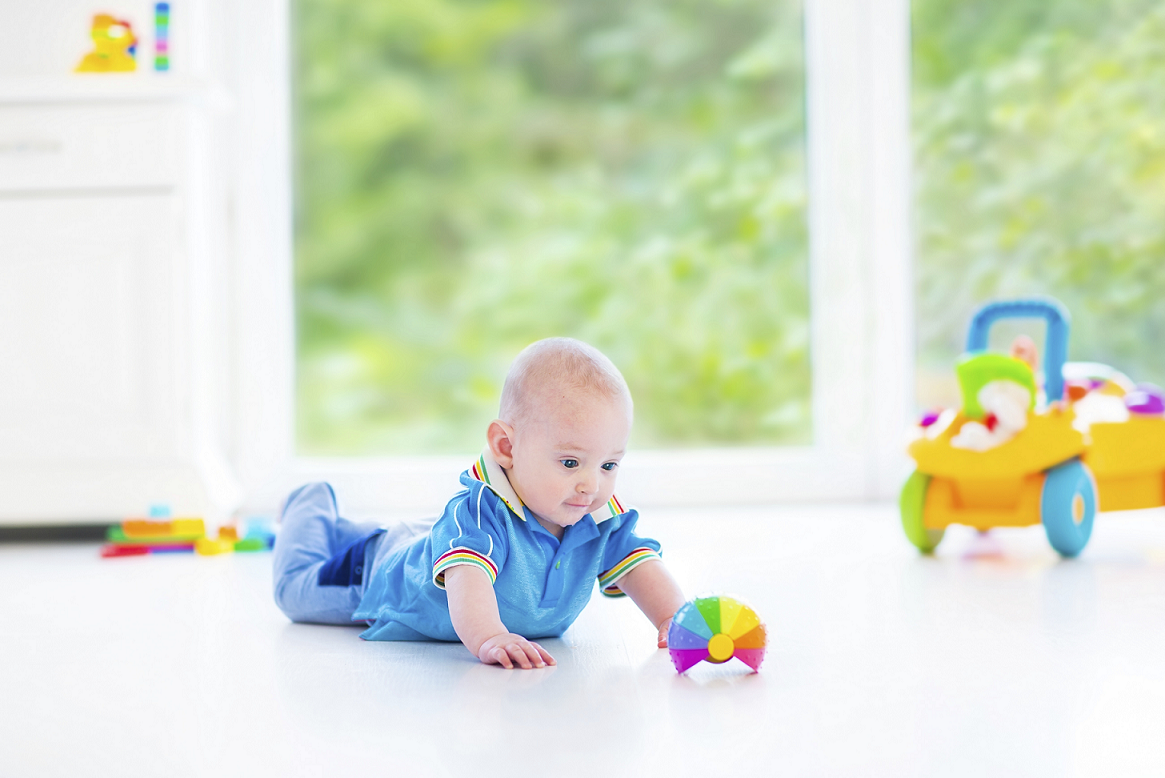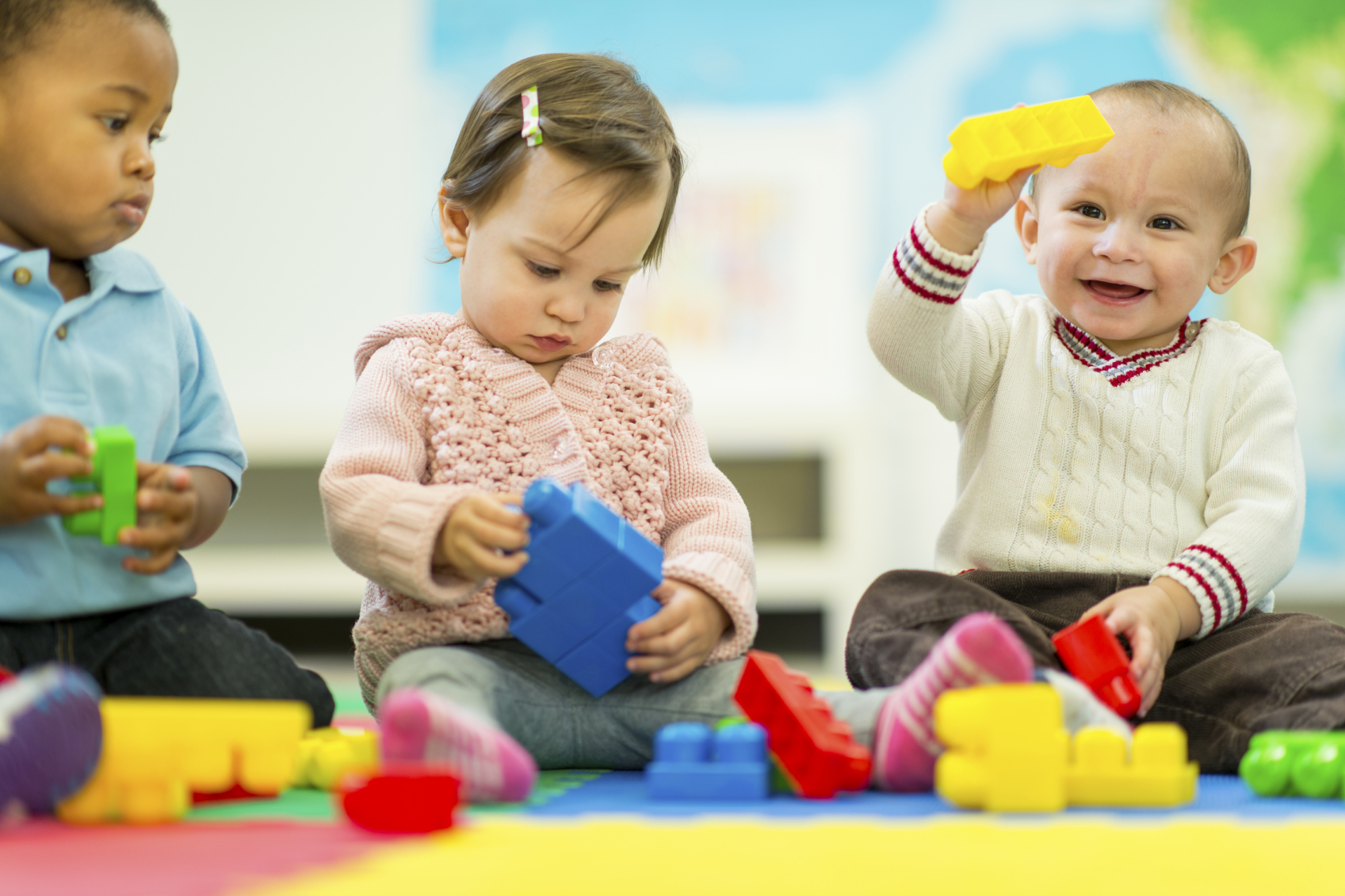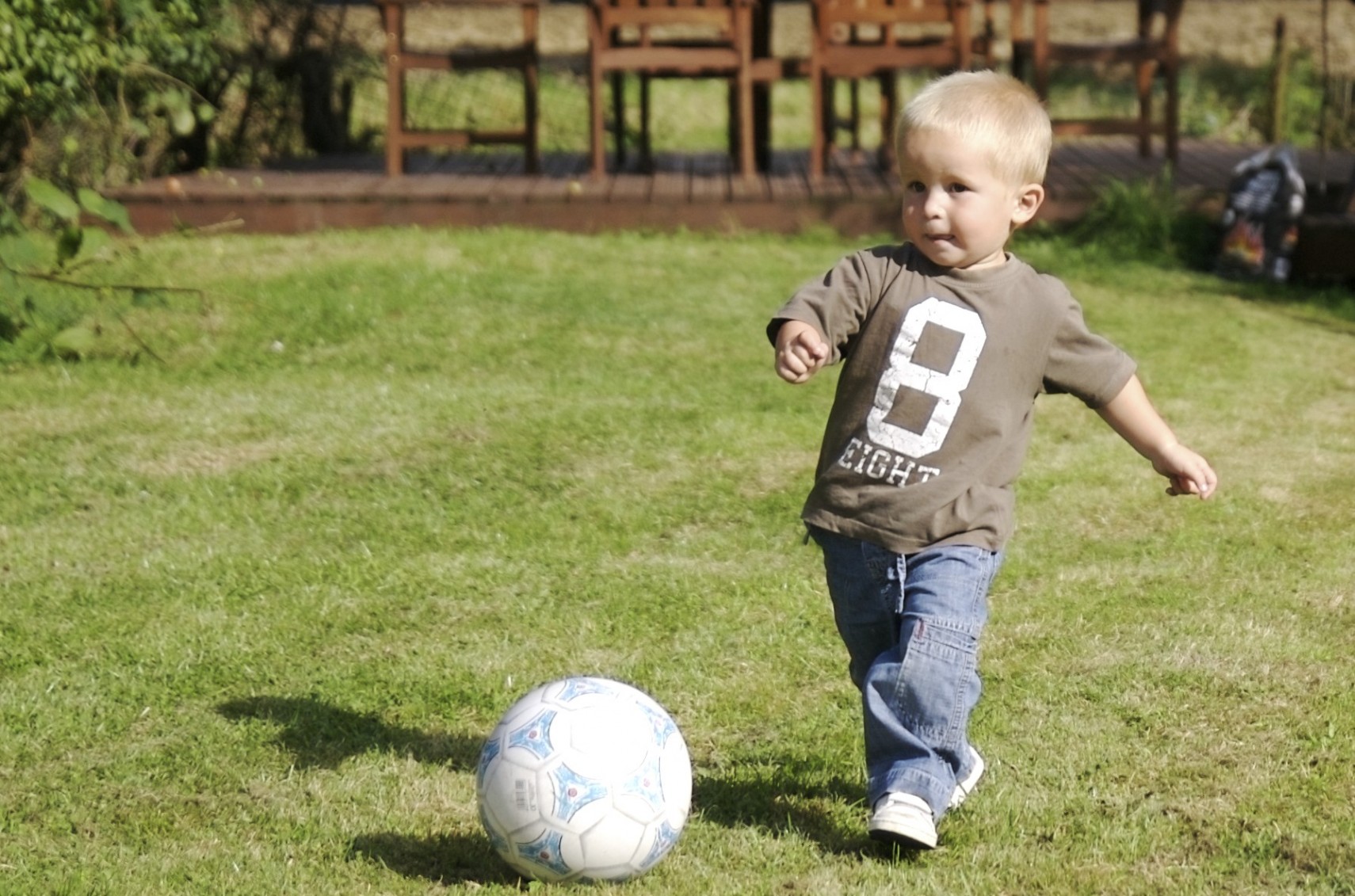Simple Activities for Visual Development
There are many things that parents and caretakers can do during this time of early development to enhance and improve how the visual system functions later in the life of a child.
School aged children with visual disorders often face a lifetime of learning difficulties and frustration in the classroom, so it is essential that good visual development take place before the child enters Kindergarten.
Scroll down for some simple activity ideas.


Activities for Infants (0-6 months)
- Change baby’s position in the crib and while feeding.
- Have baby on stomach (Tummy Time) to develop head/neck muscles
- Provide bright, colorful objects that baby can feel, watch, and gum
- Play pat-a-cake and peek-a-boo
- Sing to your baby
- Hang a mobile in the crib and change your baby’s view of it
- Provide an initial eye exam at 6 months of age, sooner if problems are evident

Activities for Babies (6-12 months)
- Provide toys for baby to grasp, roll, pick up, push, or pull
- Provide small/large containers into which your baby can drop or fit toys, put things in and take things out.
- Read stories aloud to your baby.
- Place an object on the high-chair that can be safely dropped or pushed off
- Play simple games such as hide-and-seek with people or toys
- Don’t do things for your baby that they can do themselves, as in handing them a toy when they can get it for themselves by crawling

Activities for Toddlers (1-3 years)
- Have an assortment of balls to bounce, throw, catch, and chase
- Talk to and with your toddler, giving names to actions and object
- Allow space for jumping, bouncing, swinging, and spinning
- Provide simple puzzles and building blocks
- Provide crayons, finger paints, play dough, and drawing activities
- Provide play experiences with small groups of children where opportunities to be the leader or follower will develop naturally
- Read to your toddler often
- Don’t rush walking; crawling is an important part of development

Activities for Preschoolers (Ages 3 – 5 Years)
- Make time for outdoor play including jumping, kicking, ballgames, bike/tricycle riding, swinging, rolling, etc.
- Encourage activities requiring hand-eye coordination such as block building and puzzles
- Play simple memory games
- Provide opportunities to color, cut, and paste
- Encourage your child in role-playing activities
- Encourage your child to dress themselves completely
- Make sure your child has practice developing school readiness behaviors such as sharing toys, taking turns, following simple directions carefully, and listening when others are talking
- Provide a preschool comprehensive eye exam
Is your child struggling with these activities?
If your child is struggling in these areas, take a look at our Visual Development for Preschoolers program. It can help guide visual development and boost them towards a better future.
